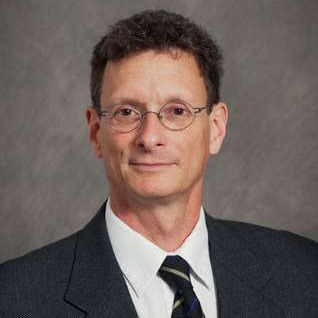Structures Spring 2025 Seminar Series
Why Do You Believe that Performance-based Engineering Really Works? Should you?

Terrence F. Paret
Senior Principal
Wiss, Janney, Elstner Associates, Inc.
Tuesday, April 15, 2025
4:30 p.m.
HAMP 1144
Abstract
The thesis of this presentation is straightforward. There is but a single tenet upon which the entirety of performance-based earthquake engineering theory and practice rests. That tenet is that engineers employing the data about material properties and member and structure configuration that is routinely available to them, and commercially available analysis tools, can consistently and reliably predict how virtually any real structure will behave when subjected to excitation from virtually any earthquake (and design that structure to protect safety).
Especially considering that major structures whose designs rely on performance-based procedures continue to be constructed in cities around the world, is it not strange that little concerted attention seems to have been given toward affirming if we are even capable of consistently and reliably predicting how virtually any structure will behave when subjected to excitation from virtually any earthquake? Similarly strange is that little if any concerted attention seems to have been given toward either characterizing or measuring any limitations in our ability to do this.
This presentation explores several questions, among them; “What do we know about the reliability of our performance-based predictive methods?” and “Is there sound basis for permitting implementation of performance-based methods for assessing and designing real-world structures?”
Mete Sozen once said, wisely, that “with a computer I can make a cow meow and a cat moo,” but can we reliably predict performance?

Bio
Terrence Paret is a Senior Principal at Wiss, Janney, Elstner Associates, Inc. where for 39 years he has performed hundreds of engineering investigations in the U.S. and abroad, often focusing on the evaluation of structures in a seismic context. He specializes in large, complex and unique projects, including those where preservation and seismic performance are priorities. Projects to which he has contributed his seismic expertise include the Washington Monument, the Washington National Cathedral, the United Nations Secretariat in NYC, the Mauna Kea Hotel, and numerous qualified historic buildings in the San Francisco Bay Area. He has also managed seismic strengthening projects involving notable historic buildings in San Francisco, including two magnificent Albert Pissis structures, Sherith Israel and the Hibernia Bank Building. Mr. Paret has authored/co-authored 100 technical publications and was the recipient of a variety of honors and awards for his research and practice, including the 2001 Moisseiff Award from the American Society of Civil Engineers, the 2008 AISC Presidential Award of Excellence in Structural Engineering, the 2016 International Concrete Repair Institute Project of the Year Award, the 2012 Oliver Torrey Fuller Award from the Association of Preservation Technology International and a 2018 NCSEA Outstanding Project Winner Award.
